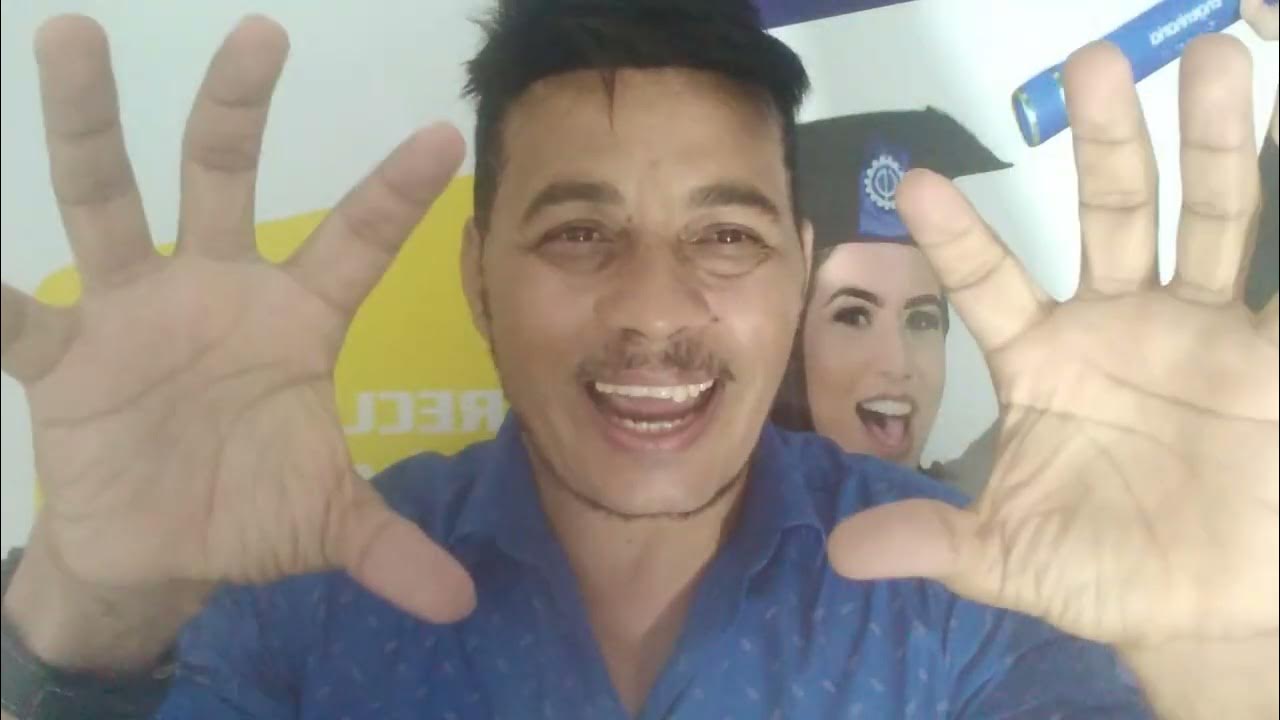The 5 Why's Explained | Root Cause Analysis | Quality Management Certification | Invensis Learning
Summary
TLDRThe Five Why Analysis is a simple yet powerful problem-solving tool that helps identify the root cause of issues by asking 'why' multiple times. Originating in the 1930s by Sakichi Toyoda, it is widely used in various industries, especially in quality management practices like Six Sigma. The process involves a cross-functional team systematically asking 'why' until they uncover the underlying cause, which then leads to effective countermeasures to prevent recurrence. Though effective for simple to moderately difficult problems, the method may have limitations and may not always reach the root cause without expert input.
Takeaways
- 😀 The Five Why (5Y) Analysis is a problem-solving tool used to identify the root cause of an issue by asking 'why' multiple times.
- 😀 The technique was created in the 1930s by Sakachi Toyota, a founder of Toyota Industries, and is widely used in Six Sigma methodology.
- 😀 The primary purpose of the Five Why Analysis is to uncover the real cause of problems rather than just addressing symptoms.
- 😀 To perform the Five Why Analysis, a team of people from different departments should be involved, as their diverse perspectives help in identifying root causes.
- 😀 The process consists of repeatedly asking 'why' five times, but it can be extended if necessary to uncover multiple root causes.
- 😀 A countermeasure is implemented once the root cause is identified, which is a more permanent solution compared to simply addressing symptoms.
- 😀 The Five Why Analysis is effective for solving simple to moderately difficult problems, but may not be sufficient for complex issues that require more in-depth methods like failure mode analysis.
- 😀 The technique encourages a focus on improving processes and not blaming individuals, fostering an environment of trust and collaboration.
- 😀 While the Five Why method is straightforward and effective, it can sometimes lead to subjective results, depending on the individuals involved in the process.
- 😀 Some limitations of the Five Why technique include the risk of stopping at symptoms rather than reaching the true root cause and the potential for different people to arrive at different conclusions.
- 😀 In real-world applications, such as Jeff Bezos' example with Amazon, the Five Why Analysis can uncover surprising underlying causes, such as a lack of appropriate resources like tables for employees, leading to actionable solutions.
Q & A
What is the primary purpose of the Five Why (5Y) analysis?
-The primary purpose of the Five Why analysis is to identify the root cause of a problem by asking 'why' repeatedly until the underlying cause is discovered, instead of merely addressing symptoms.
Who created the Five Why technique, and when was it introduced?
-The Five Why technique was created in the 1930s by Sakichi Toyota, the founder of Toyota Industries, and it gained popularity in the 1970s.
Why is it important to get to the root cause of a problem?
-Getting to the root cause is important because it helps eliminate the underlying issue, preventing the problem from recurring and ensuring a permanent solution.
How does the Five Why analysis work?
-The Five Why analysis works by asking 'why' repeatedly, typically five times, to drill down through symptoms and uncover the root cause of a problem. Each answer forms the basis for the next question.
When should the Five Why technique be used?
-The Five Why technique is most effective for resolving simple or moderately difficult problems, especially in quality improvement, troubleshooting, and process analysis. It may not be suitable for complex or critical issues.
What are some benefits of the Five Why analysis?
-Benefits include uncovering the root cause of a problem, understanding how one issue can lead to others, and determining the relationship between different root causes, all without needing complex evaluation techniques.
What is a countermeasure in the context of Five Why analysis?
-A countermeasure is an action or set of actions designed to prevent the recurrence of a problem by addressing the root cause, rather than just the symptoms.
What are the main rules for performing a Five Why analysis?
-Main rules include engaging a cross-functional team, distinguishing between causes and symptoms, focusing on facts, ensuring the root cause is identified, and avoiding placing blame on individuals.
What is the criticism of the Five Why method?
-Criticism includes the potential for investigators to stop at symptoms rather than continuing to the root cause, the method's reliance on the investigator's knowledge, and inconsistencies in results due to different interpretations by different individuals.
Can the Five Why technique be used with other methods?
-Yes, the Five Why technique can be combined with other methods such as root cause analysis, cause and effect analysis, and Six Sigma techniques to provide more comprehensive problem-solving solutions.
Outlines

This section is available to paid users only. Please upgrade to access this part.
Upgrade NowMindmap

This section is available to paid users only. Please upgrade to access this part.
Upgrade NowKeywords

This section is available to paid users only. Please upgrade to access this part.
Upgrade NowHighlights

This section is available to paid users only. Please upgrade to access this part.
Upgrade NowTranscripts

This section is available to paid users only. Please upgrade to access this part.
Upgrade NowBrowse More Related Video

How to deal with PROBLEMS in Life ? : Life Hacks and Tricks by Him-eesh in Hindi

The 5 Whys of Problem-Solving Method

Clarifying the '5 Whys' Problem-Solving Method

What is 5 x W + 1H?

Ishikawa Vs 5 Why I Root Cause Analysis: Understanding the Difference and Relationship

COMO APLICAR OS 05 PORQUÊS FERRAMENTA GESTÃO DA QUALIDADE E ADMINISTRAÇÃO/para que serve 05 PORQUÊS
5.0 / 5 (0 votes)